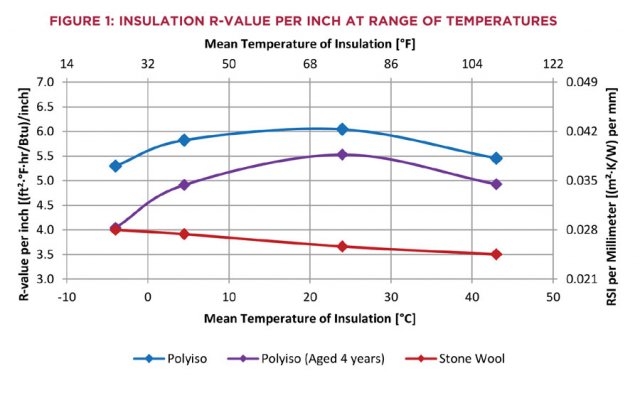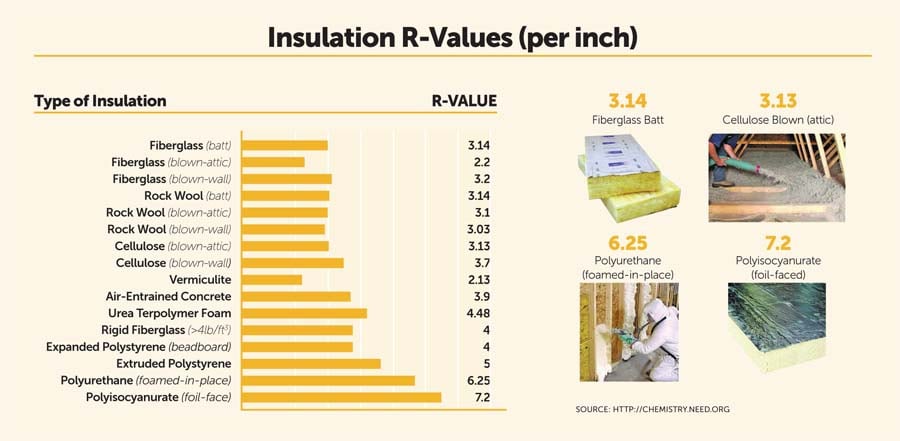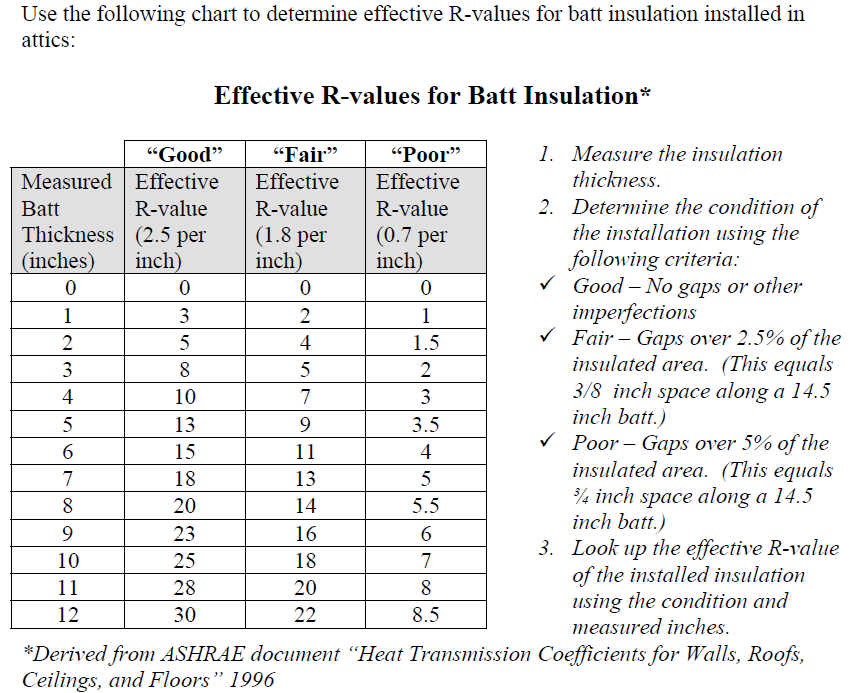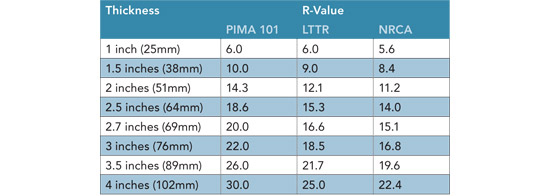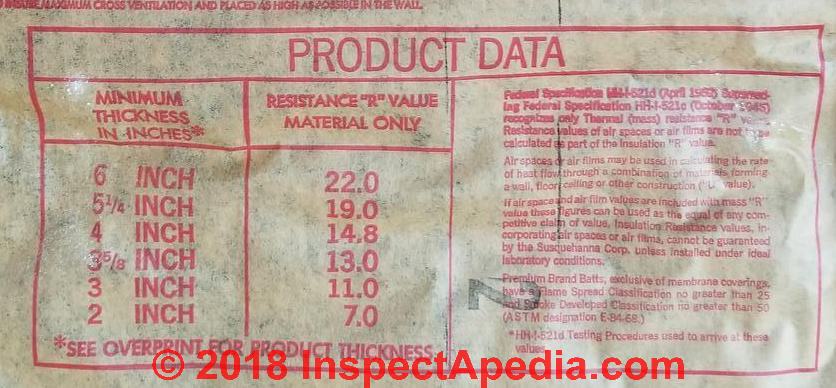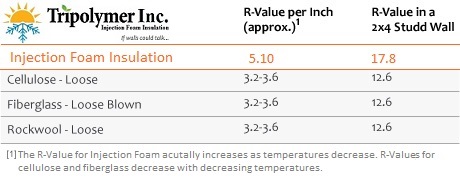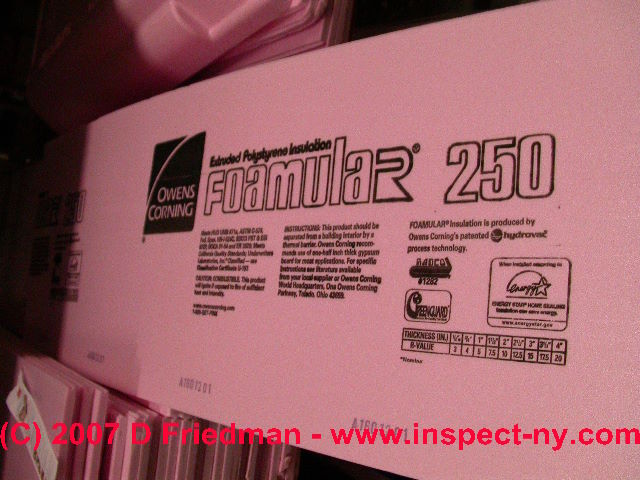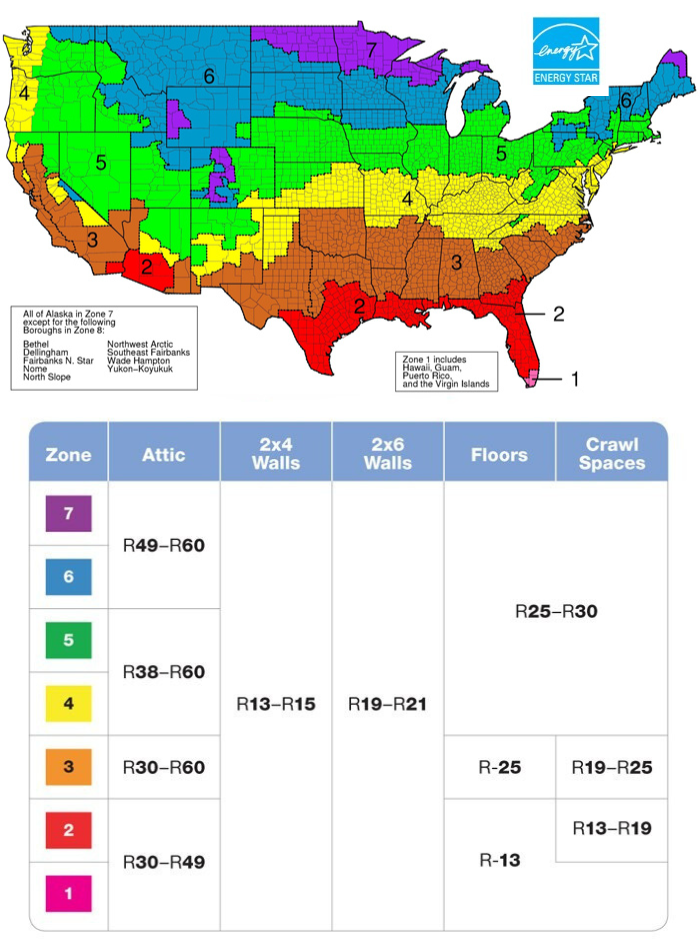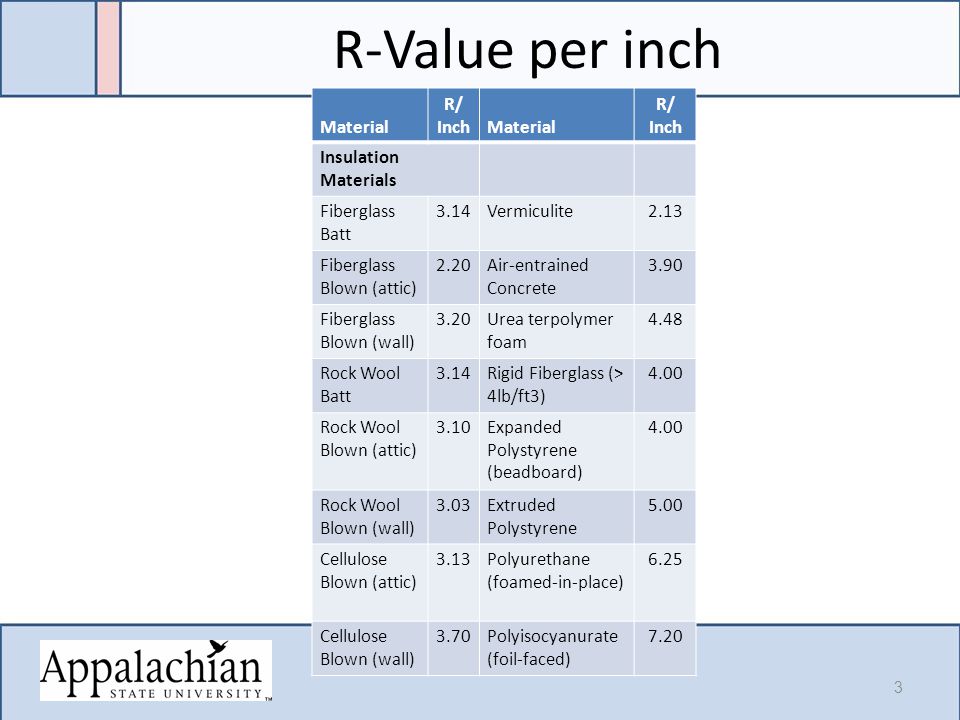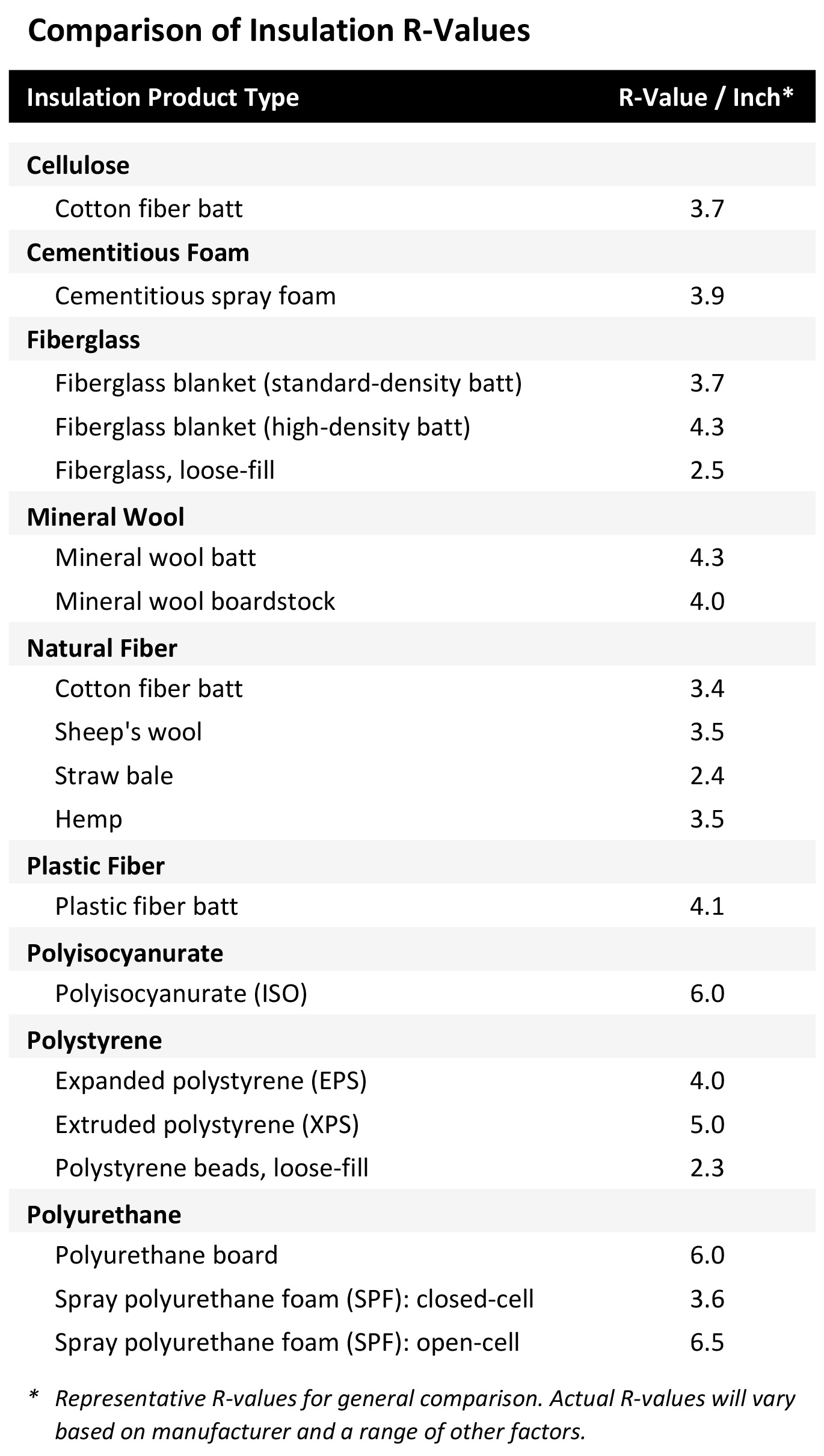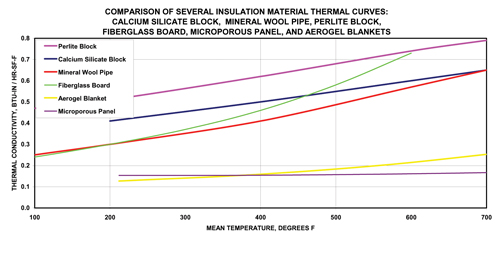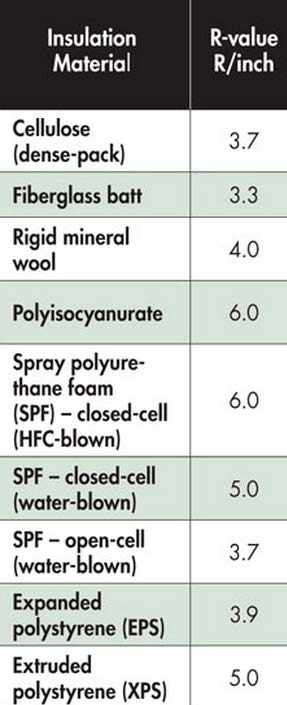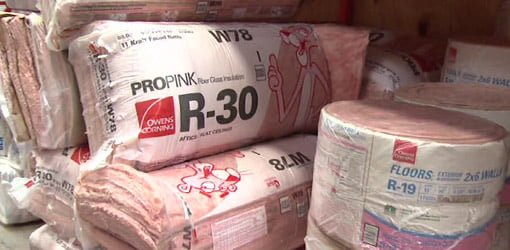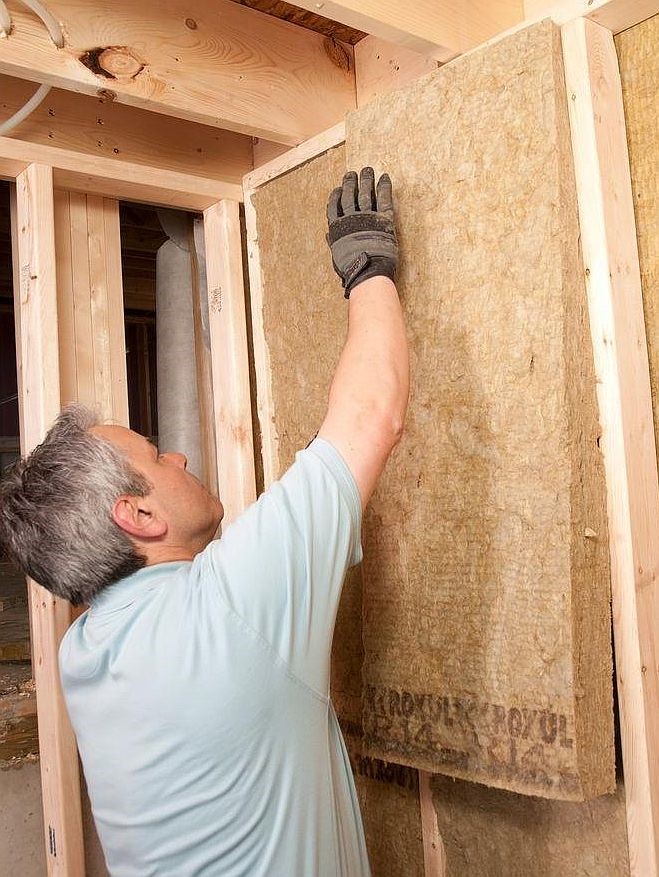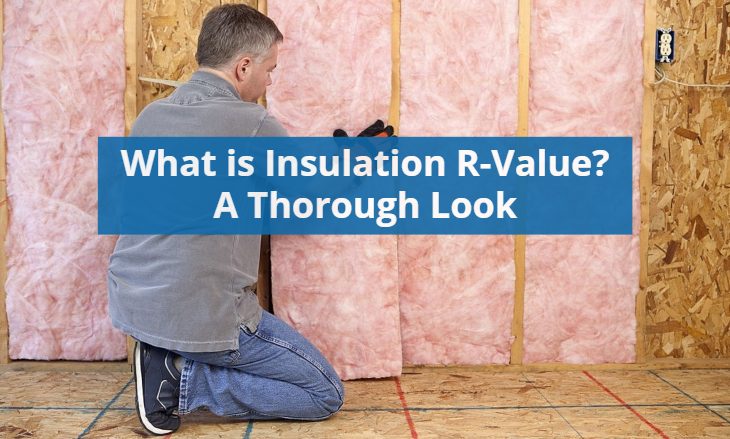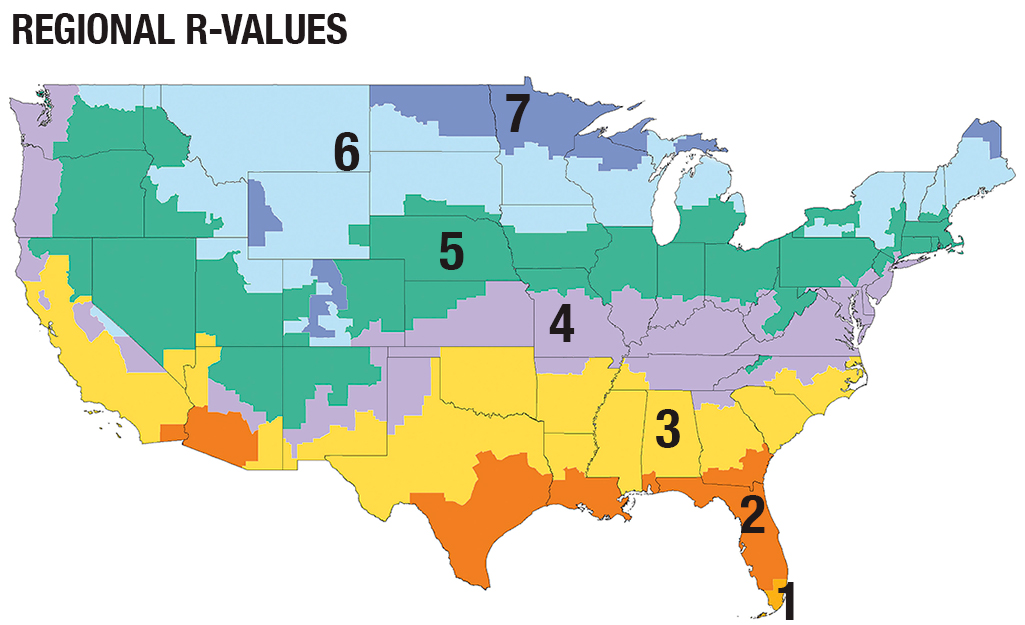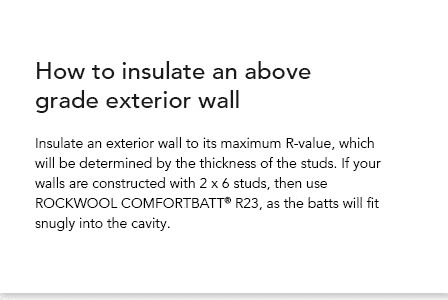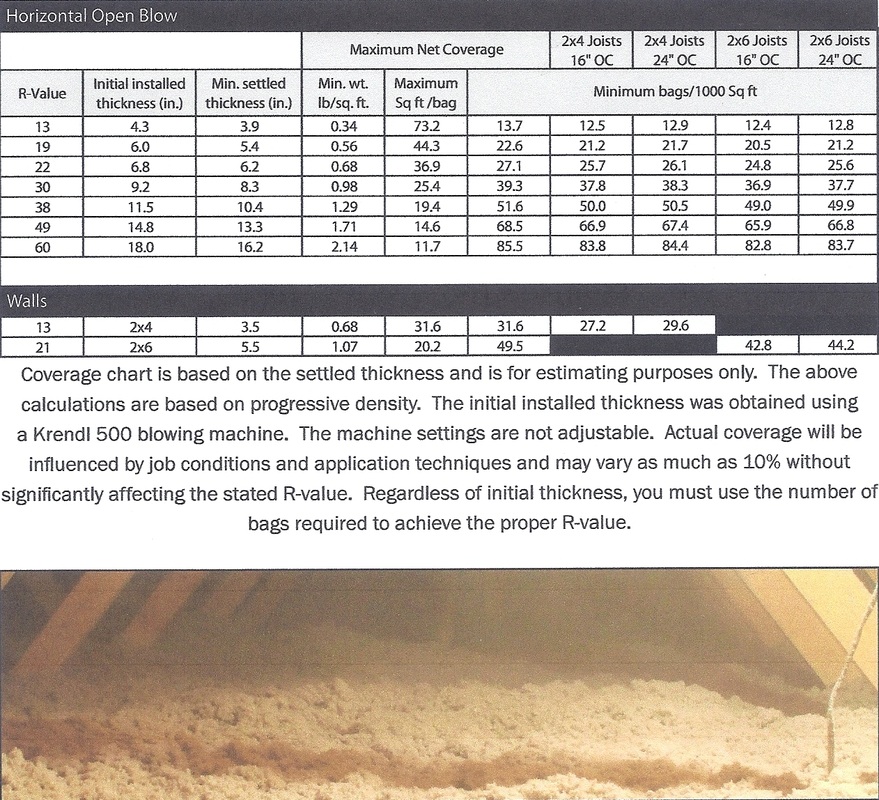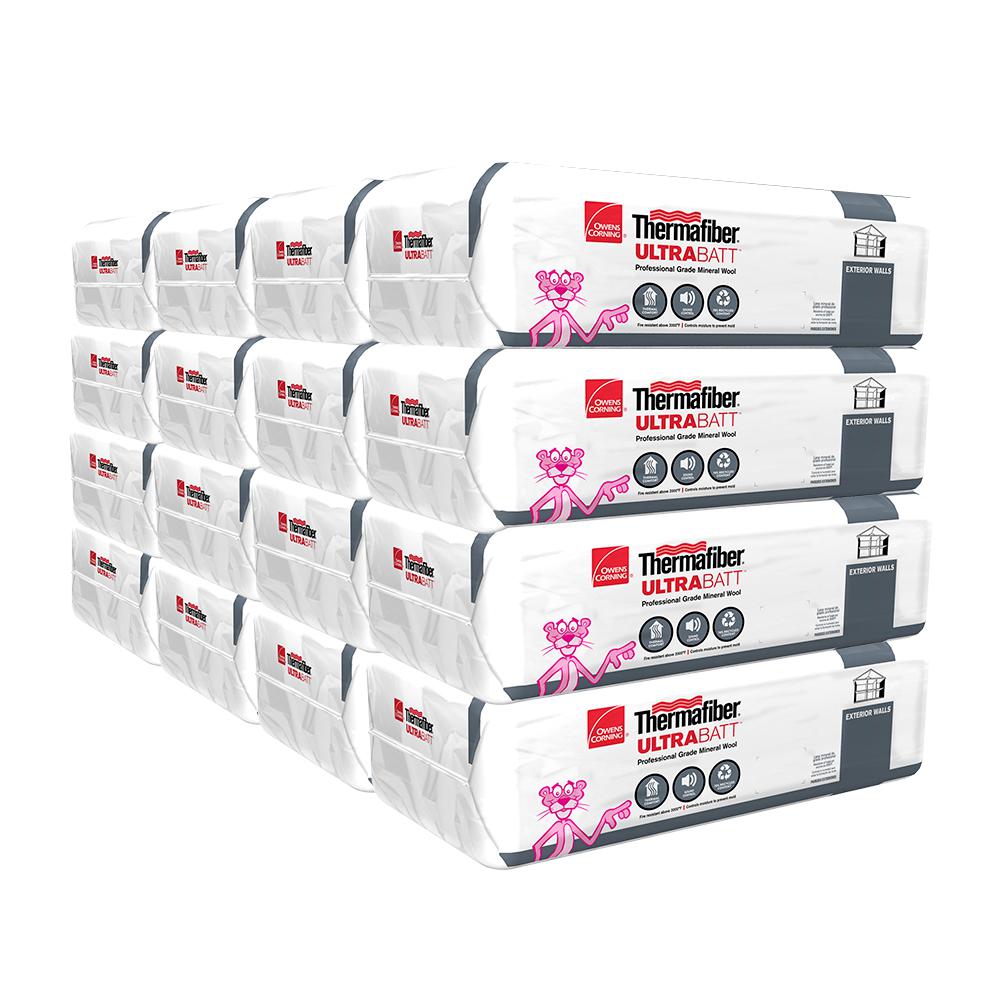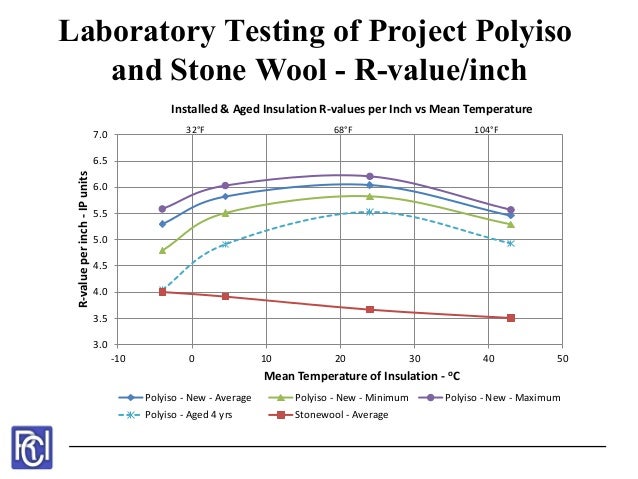Rockwool comfortbatt is a stone wool insulation product for improved sound absorption and fire protection in residential wood and steel construction.
Rockwool insulation r value per inch.
The r 15 rockwool.
For example if you have a type of insulation that has an r value of r 5 per inch of thickness you will need a depth of 6 inches of this insulation installed in your attic to reach r 30 if you live in zones 2 or 3.
The r value of insulation represents its heat resistance.
Comfortbatt exterior wall steel stud batt insulation.
Fiberglass offers an r value of 2 2 to 2 7 per inch while rock wool has an r value of 3 0 to 3 3 per inch making it a slightly better insulator than fiberglass according to the u s.
Rockwool comfortboard 80 is a stone wool insulation product that contains fire and provides a continuous layer of insulation.
Ceiling insulation r value r value for walls and more.
This allows builders to achieve a thermal insulation value of r24 versus r19 r21 for six inch steel stud wall cavities.
The r value per inch for different types of insulation varies depending on the.
Pieces per bag.
For example a wall with 3 fiberglass batting r value of 10 8.
R value is a measurement that rates how resistant a product is to heat flow measuring the ability of heat to transfer from one side of an object to another.
Comfortbatt steel stud insulation provides significantly better thermal performance compared to standard glass fiber batts.
Our calculator helps you measure what r value for exterior walls you may be looking for as well as for different applications.
Along with knowing the r value of a particular insulation it is also important to calculate the r value of a total system.
For a cathedral ceiling we leave a one inch space between the roxul and the roof s plywood underlayment and then install roxul to r 40 or so and then staple sheeting to the ceiling joists over that then sheetrock.
In comparison an inch of blown fiberglass insulation has an r value of 3 1 3 4 and an inch of blown cellulose in an attic has an r value of 3 2 3 7.
In other words materials with higher r values have higher insulating qualities.
Note from this chart that the ideal r value differs for each part of your home.
While there are additional considerations such as venting and moisture problems to take into account when you insulate under floors the united states department of energy recommends an r 25 rating in cold climates and an r 11 in warmer parts of the country.
